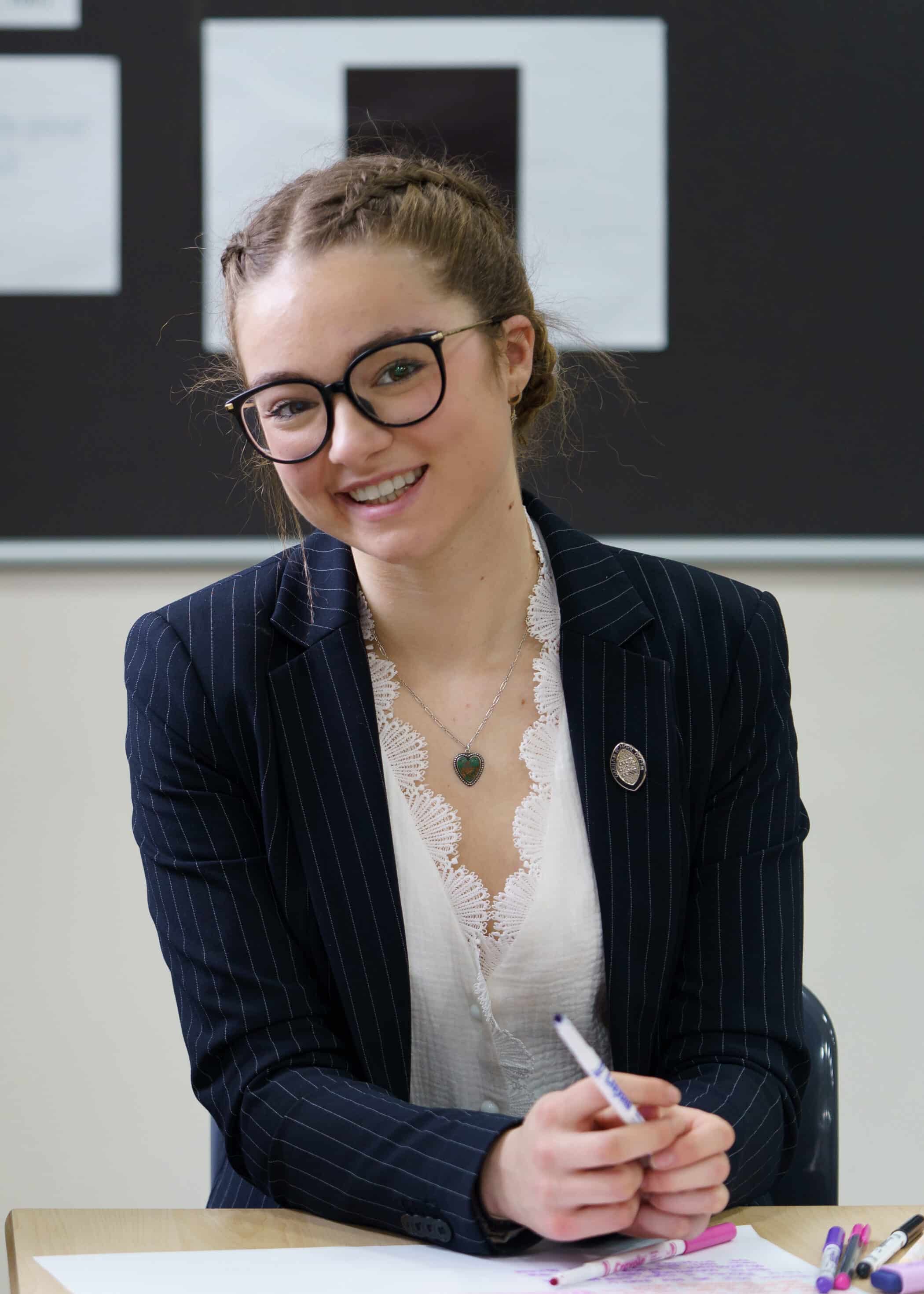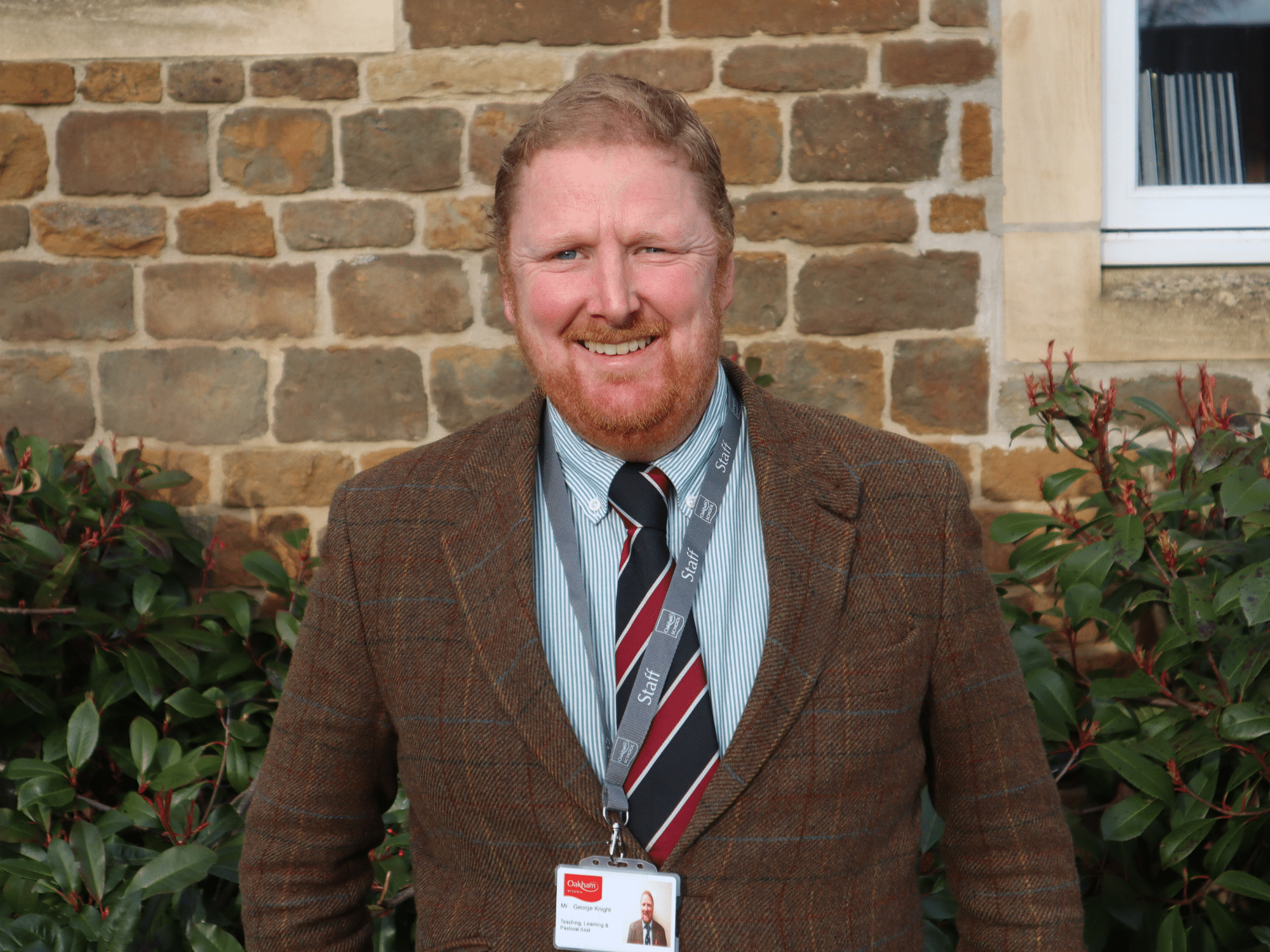It was great to catch up with our OO President, David Gilman (89), to discuss his role at Sky News. Sky, like many other organisations, have had to find new ways of working to adapt to the recent Covid time. Having recently directed the U.S. Election, David explains how directing the news in 2020 has been an experience like no other.
I’ve been at Sky News for 16 years now. My role is Senior Director. In the gallery (the production control room) there are two key figures that run things: The output editor and the Director. The output editor acts as a producer who is in charge of the editorial side of things. They will decide which story you are going to do and how long you are going to allocate to each story and each interview – the presenters angle of attack. Then the Director (me) makes it happen – I control the output in the gallery, the main control room. I call every shot, decide how each camera is framed up, which graphic you are going to cut to. Then knit the whole thing together and make sure it goes on air. That’s my daytime role – I do that most of the time – and that is Directing 24 hour News. When things come up – big productions, like the U.S. Election – I get the opportunity to do things like that too. The other side of my role is that I manage 7 other directors. I try to develop their careers and enhance their skills as directors, giving them opportunities so they can grow in confidence and experience. When my boss is away, I run the department in his absence as well. So, you could say it’s quite varied…
During Lockdown, we continued working when a lot of other people didn’t. We had quite a responsibility to provide information to the public; publishing the facts they need. It has always been important to get it right and that hasn’t changed; editorially, the first few months were hard. We had a real responsibility in getting the balance right. On one hand, we could have been too full on with the News, making people feel terrified and panicked about doing anything at all. If we had chosen the other end of the spectrum, by making out that there was nothing wrong at all – this would have encouraged people to carry on as you are, giving the false impression that there’s nothing to be worried about. We found that getting the balance right is tricky. Also, how we deliver the news, that’s changed as well. The workplace has changed dramatically – to estimate, our campus went from having approximately 15,000 people on site, to 200 overnight. Walking in to an empty campus with tumble weeds blowing across was quite a shock.
We have our temperatures checked every day by infrared cameras. There are stickers everywhere about keeping 2 metres apart from each other. We’ve ripped out furniture in the News room, we’ve relocated various positions in the gallery, and out of the gallery to make sure we can be far enough apart. There’s hand sanitiser everywhere, wipes and facemasks – it felt very ahead of the curve – this was all in place before the first lockdown was even announced. The way we conduct interviews has completely changed too. We couldn’t have anyone on site at all so all the interviews were remotely done, either via Zoom or Skype, predominantly. That meant that the way we shot everything and the way we put it together in the studio had to change. We did make one exception when Matt Hancock came in to do an interview – we made sure he was 2 metres away from the presenter. We have also had presenters who are not able to come in – they have adapted to presenting from home. We did one programme that was completely presented, directed and produced all from people’s homes. That was quite an achievement– as you can imagine with news in general we have so many different sources coming into the building, so many different things you can cut to, and it’s an enormous team. We did a special programme that was a discussion between a presenter and a number of experts. That was a combination of various things – Zoom, skype etc., and that meant we could do the whole thing from home. Not me personally, but one of our directors did.
Ordinarily there are 6 people in the gallery (the control room), where I sit. We have moved one of those people out to ensure we can stay 2 metres apart. Day to day it hasn’t really changed my role, apart from the fact that we had that weird niggly feeling in the back of our minds that it had been the only story for months on end. That was quite hard in the early days, especially emotionally, because you heard it all the time. It was quite hard to disengage from that and to not end up completely freaking out about the story. I’ve enjoyed the routine of still going into work and I do feel it’s helped to let everyone know the facts as we go along.
I recently directed the U.S. Election for Sky News. There was a unique set up for this particular production, not just because of the size and timeframe, but also due to it taking place during a challenging Covid time. The whole project took approximately 3 months – the usual setup in Sky Studios was not possible, so we had to establish new ways of working.
When you first go into a TV Gallery (the control room) you have a completely blank canvas. There are 30 or more monitors and you build upon this with what you want; cameras, graphics, outside sources, VT servers etc. With this being a huge production, it meant we had to have 4 teams – as much as I wish I was superhuman, I couldn’t stay on air at all times. So we had to have 4 teams to manage it – I did the 9 hour overnight programme and then we had a few other teams to take over.
Due to social distancing, in rehearsals, we had to do something different. We couldn’t have everyone in the studios at once. So, instead, we had a camera mounted in the gallery, which streamed a shot of the monitors, with the sound of “talkback” (the continual flow of chatter from director and producer). We sent a second feed of studio output, showing what viewers would see at home. This meant that the day 2 teams could sit at home and watch the rehearsals whilst they were taking place. Each role, so for me it was the Directors, also set up a Teams call with other directors so we could bounce ideas off one another. In the gallery itself we’d normally have about 14 people performing various roles, but social distancing restricted us to 8, so we moved people into 2 further galleries on the night and fed all their pictures back to the mother ship
We had teams that went out to the states – that was pretty challenging. We thought they might have to quarantine on the way over, but the embassy gave waivers to the crew on the way out there. Some were gutted about this – they were looking forward to being quarantined on a Caribbean Island. Unfortunately, they will have to quarantine on the way home.
The big difference for Sky as a company, is that we are now part of the Comcast Group, together with NBC. This meant that we were able to access data that streamed thousands of updates per minute. This allowed the Graphics and Data team to turn data into complex and intricate graphics. We had constantly updating information at the bottom of the screen, a gigantic video wall, and an augmented reality White House in a brand new studio area. That alone took over 3 weeks to set up due to having to calibrate the camera so the graphics engine knew where the camera was at all times. It was this project that confirmed for me just how far the world of computer games has come. Our augmented reality graphics platform was created by a company which specialises in gaming. If you imagine, a modern day computer game constantly builds its world in real time, as the player makes spontaneous decisions about where they want to go. This makes for a great platform to do A.R. Television graphics because when the camera is moving in a studio, the graphics scene is constantly rebuilt, to reflect the camera’s view in the virtual world. We also had to work out how many graphics engines we needed and how many different sources. In total, we had 16 outside broadcast sources coming into the building. In fact, I had more feeds than I had monitors – meaning I had to carve some of the monitors into quarters, to squeeze 4 feeds onto one monitor.
There’s nothing like directing a complicated programme to give you an adrenalin rush. It was a tremendous experience and the team I work with are incredibly talented and creative. Most of all, it was fun. There’s always time for a bit of humour… even if it usually comes down to terrible Dad jokes.
To view a behind the scenes clip of the election night, please click here: https://youtu.be/2lFlzOiiqWY





